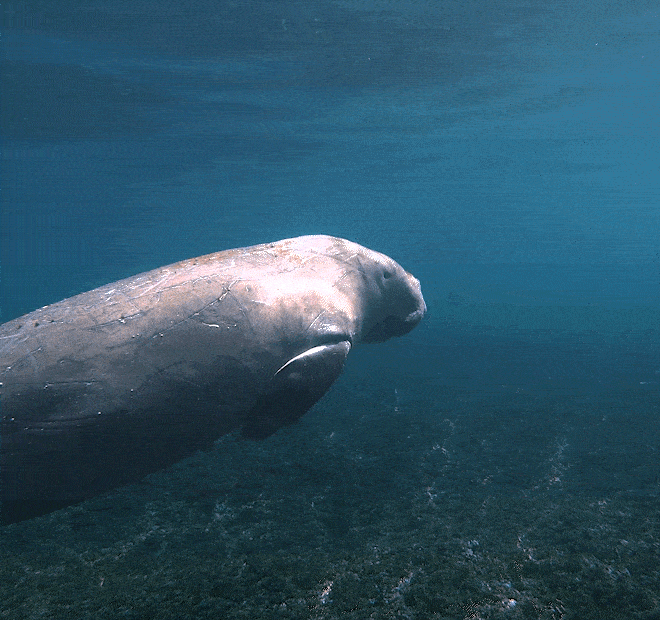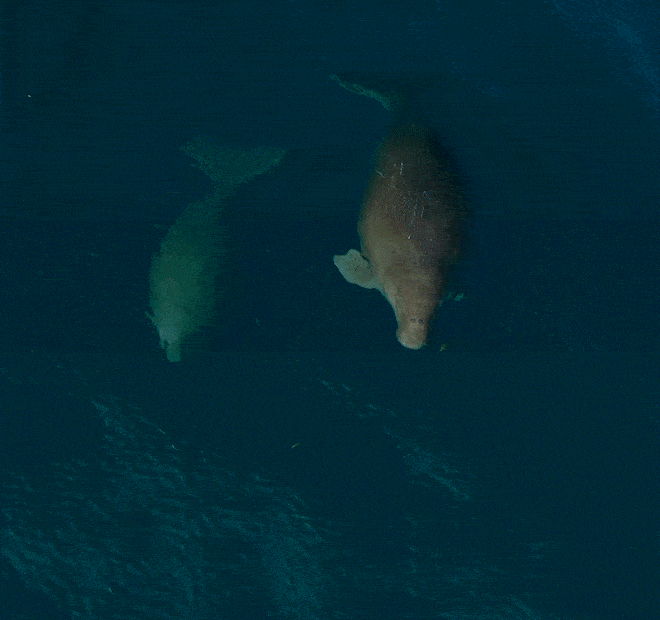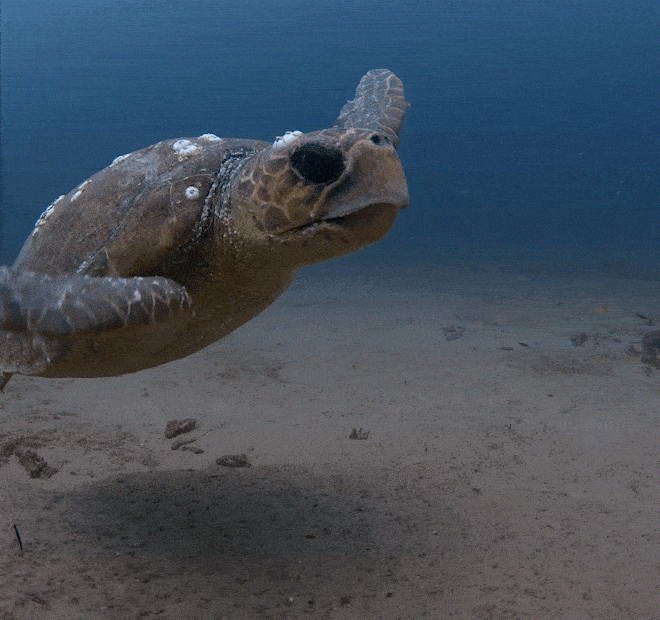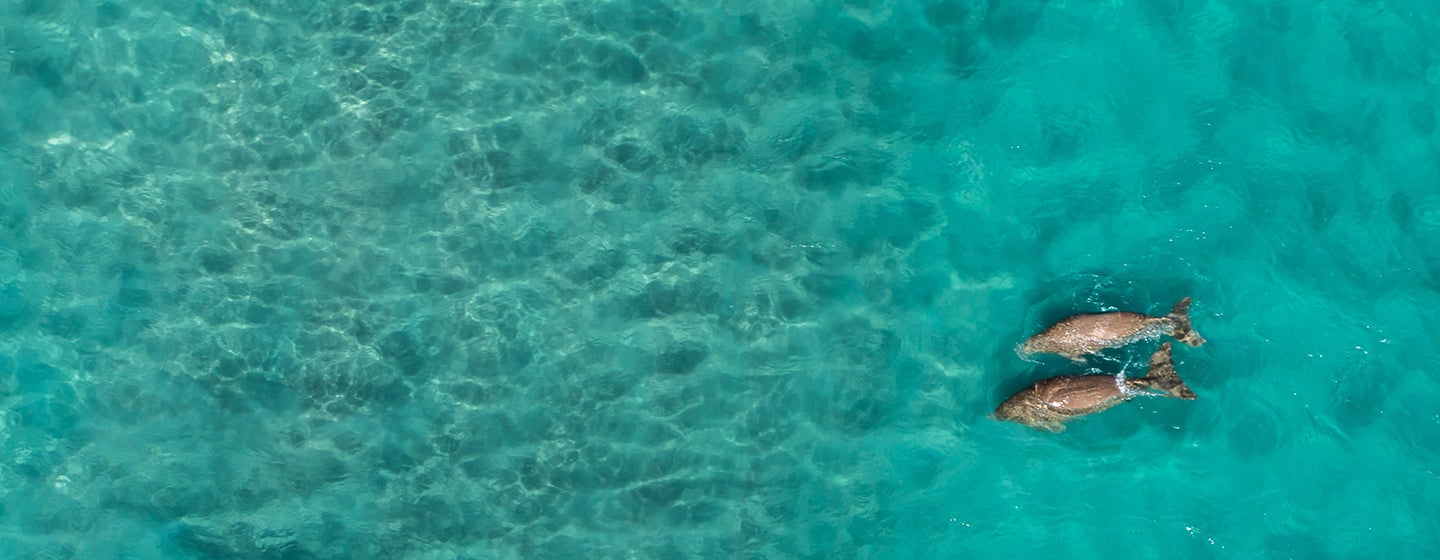A Voice for Nature • Inhambane
Advocating for Earth
Act:Now for Inhambane Seascape
Stop the destruction. Protect Dugongs in the Inhambane Seascape.
Heavy mineral sand mining and offshore drilling are active threats to the biodiversity of Mozambique's Inhambane Seascape, which includes the idyllic Bazaruto archipelago. A culture of silence around extractive industries in Mozambique makes it difficult for local communities and organizations to speak out without fear. To protect the people of the Inhambane Seascape and these vibrant marine ecosystems, Re:wild is calling on people all over the world to help give the region and local communities a voice.
Read the Open Letter
To Mozambique’s political leaders, current and future:
As recently as September of 2024, Mozambique’s leaders publicly renewed their commitment to protecting the Bazaruto archipelago and broader Inhambane Seascape when it helped launch the Africa-led Miombo Initiative that commits to save, not further destroy, critical forest ecosystems. Inhambane is home to one of the last-remaining Miombo forests that still reaches the sea. And yet behind the scenes, the government is in discussions with foreign heavy mineral sand mining companies that threaten to destroy coastal Miombo, and oil and gas corporations that have either already started their catastrophic work in the region or are poised to do so, even without the permitting and consultations with communities that is required by law.
It is clear that the real value of the Inhambane Seascape—with the world-famous Bazaruto archipelago at its center—is in its communities and its ecosystems, including its potential to support a booming and sustainable Blue Economy, which in turn depends on the health of the seascape. There is no doubt that extractive and highly polluting industries for short-term gain will severely impact not only the long-term Blue Economy prospects, but also the rights of communities by severely impacting the environment on which Inhambane’s communities depend for their survival.
Out of concern for the future of our planet and the people of Mozambique, I am urgently asking your ministries to put a stop to these projects and to:
Commit to, and invest in a sustainable Blue Economy and urgent development for communities instead of allowing foreign corporations to unsustainably extract Mozambique’s natural resources and irreversibly destroy Inhambane’s environment.
Transparently consult with local and national stakeholders on all extractive projects that will impact the livelihoods of communities, local businesses, and Indigenous cultures.
Protect the seascape in perpetuity from extractive industry and practices that destroy the integrity of ecosystems that humans also depend on for survival.
Invest in the sustainable development that benefits communities across this seascape.
Aos líderes políticos de Moçambique, actuais e futuros:
Em setembro de 2024, os líderes moçambicanos renovaram publicamente o seu compromisso de proteger o arquipélago de Bazaruto e a paisagem marítima de Inhambane, quando ajudaram a lançar a Aliança para a Restauração dos Miombos. E, no entanto, nos bastidores, o governo está em discussões com empresas de extração de areia mineral pesada e de petróleo e gás que já iniciaram o seu trabalho catastrófico na região ou estão preparadas para o fazer.
É evidente que o verdadeiro valor da Paisagem Marítima de Inhambane - com o idílico arquipélago de Bazaruto no seu centro - se encontra na sua vida selvagem e nas suas terras selvagens, incluindo o seu potencial para apoiar uma Economia Azul em expansão e sustentável que depende da saúde da paisagem marítima e beneficia e protege as comunidades e a biodiversidade de Inhambane. Não há dúvida de que as indústrias extractivas e altamente poluentes para ganhos a curto prazo terão um impacto grave não só nas perspectivas da Economia Azul a longo prazo e violarão os direitos humanos, mas também terão um impacto grave no ambiente do qual as comunidades de Inhambane dependem para a sua sobrevivência.
Preocupado com o futuro do nosso planeta e do povo de Moçambique, peço urgentemente ao seu ministério que ponha fim a estes projectos e que:
Comprometer-se e investir numa Economia Azul e no desenvolvimento sustentável para as comunidades, em vez de permitir que as empresas estrangeiras extraiam de forma insustentável o ambiente de Moçambique e destruam irreversivelmente Inhambane.
Consultar de forma transparente as partes interessadas locais e nacionais sobre todos os projectos extractivos que terão impacto nos meios de subsistência das comunidades, bem como das empresas e culturas locais tradicionais.
Proteger perpetuamente a paisagem marítima da indústria extractiva e das práticas que destroem a integridade dos ecossistemas de que os seres humanos também dependem para sobreviver e contribuem para o agravamento dos impactos das mudanças climáticas, que já tem afectado o país, incluindo a província de Inhambane, com uma grande incidência nas zonas costeiras.
Investir no desenvolvimento sustentável das comunidades em toda esta paisagem marítima.

What you need to know about Bazaruto

What's the deal with Dugongs in Bazaruto?

